| Why extinction estimates from extant phylogenies are so often zero |
|
|
 |
| We resolve the long-standing question of why extinction rates estimated from phylogenies of extant species are suspitiously often zero, contradicting common observations in the fossil record. The answer, it turns out, is surprisingly simple, but only became apparent thanks to (our) recent mathematical advances in the field. |
|
| By Stilianos Louca. May 21, 2021 |
|
×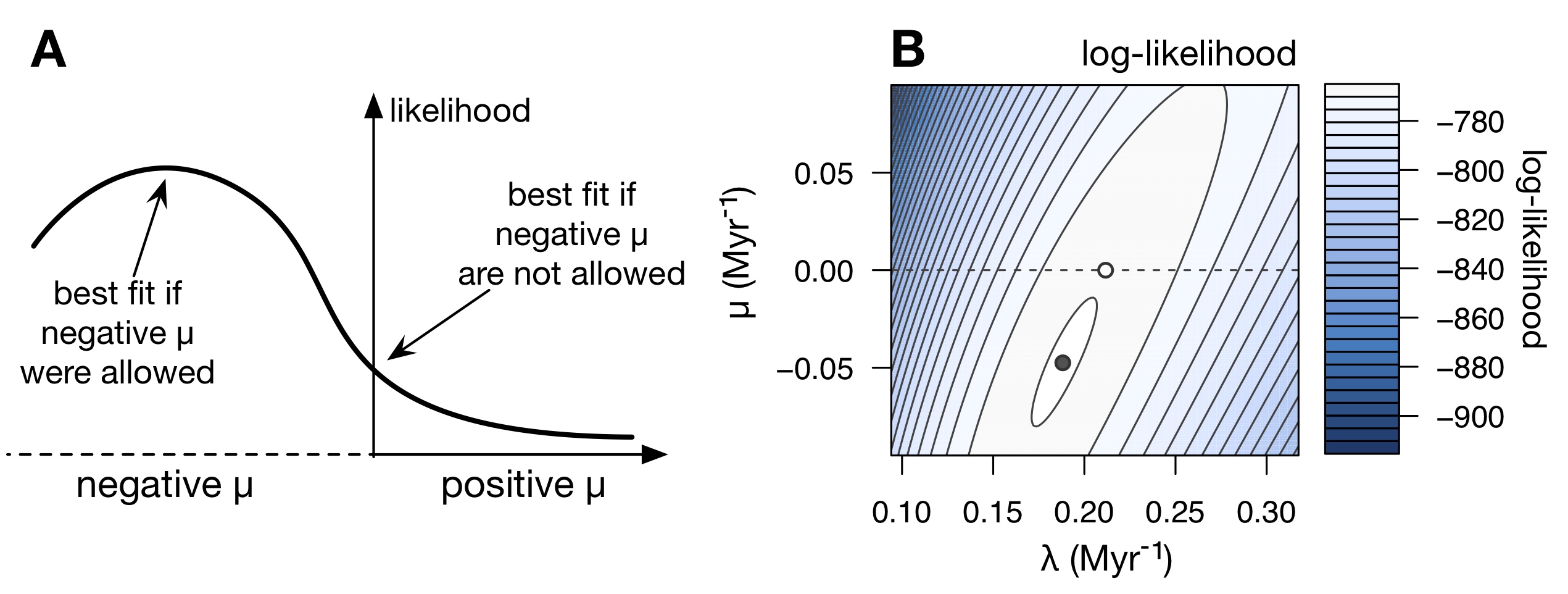
|
|
|
| New methods to model global microbial dispersal |
|
|
 |
| We have developed new methods for analyzing the rates at which bacteria and viruses spread around the world, by adjusting the classical Brownian Motion model to Earth's spherical geometry. |
|
| By Stilianos Louca. February 12, 2021 |
|
×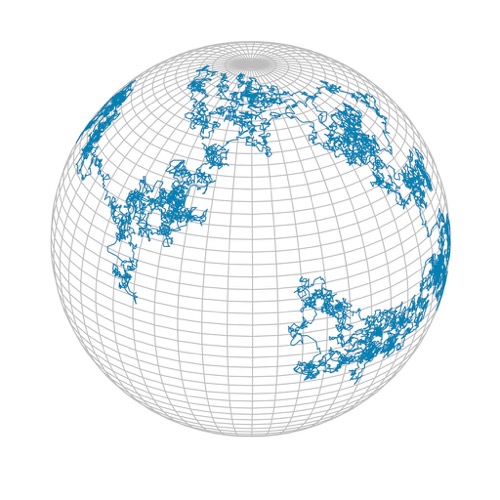
|
|
|
| In macroevolution, 1+1 equals 2, but so does 2+0 |
|
|
 |
| We mathematically show that phylogenies of solely extant species contain insufficient information for reconstructing ancient speciation and extinction rates even approximately, thus disproving a widely held belief in macroevolutionary theory. |
|
| By Stilianos Louca. September 19, 2019 |
|
×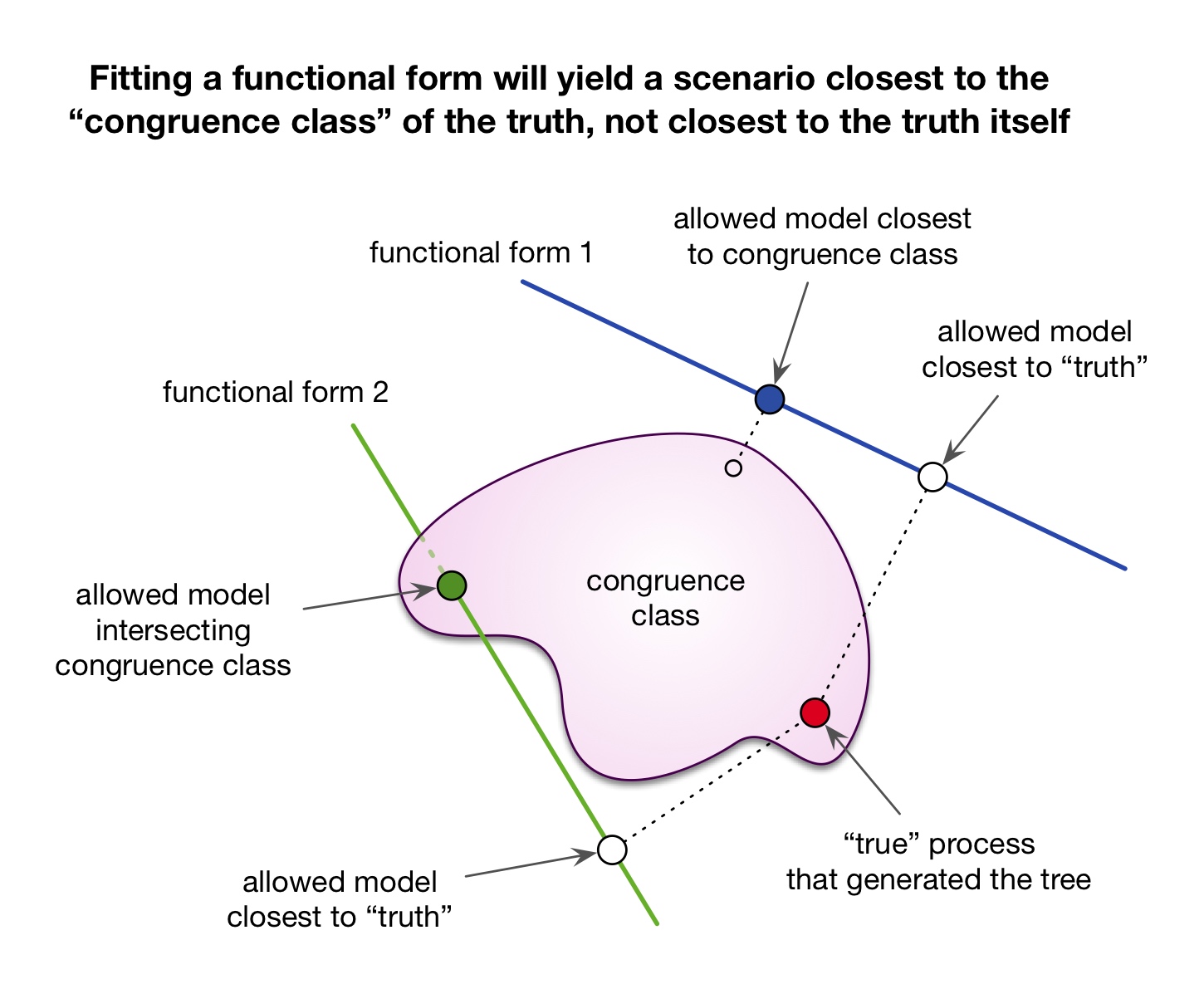
×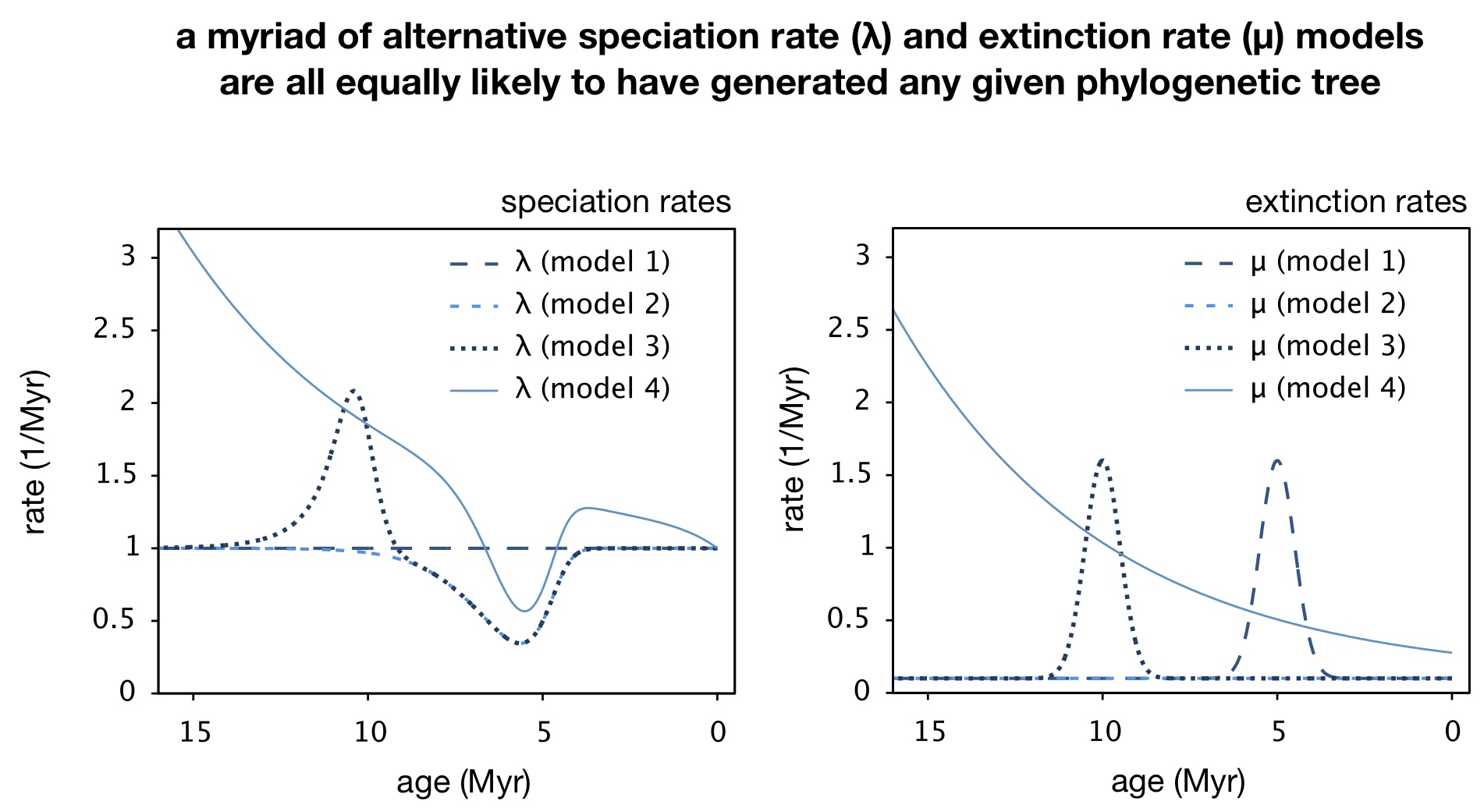
|
|
|
| Shortcutting biology leads back to physics |
|
|
 |
| We show that when biological reactions are very fast and physical transport processes are slow, bulk biochemical rates can be predicted for entire ecosystems with minimal knowledge about the resident organisms. |
|
| By Stilianos Louca. May 16, 2019 |
|
×
|
|
|
| Censusing Earth's bacterial diversity |
|
|
 |
| By compiling one of the largest global DNA sequencing surveys of bacteria to date, we estimate the full breadth of global bacterial diversity and correct previous theoretical predictions by a factor of 1,000,000. |
|
| By Stilianos Louca. February 4, 2019 |
|
×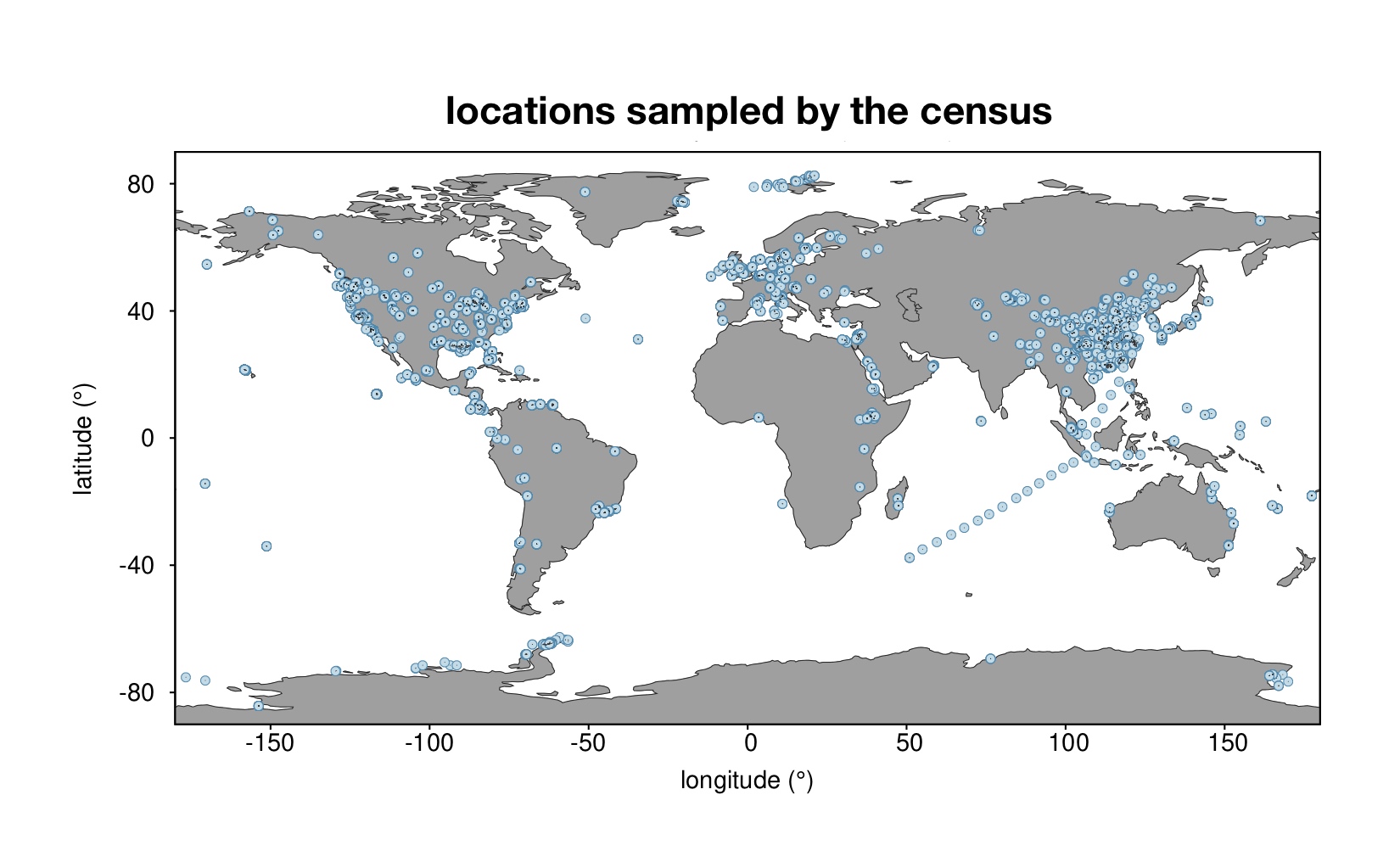
|
|
|
| Bacterial diversification and extinction through deep time |
|
|
 |
| Using novel mathematical methods, we uncover how Earth's bacterial diversity has been changing over the past 1 billion years, and show that even this ancient form of life is not safe from extinctions. |
|
| By Stilianos Louca. July 30, 2018 |
|
×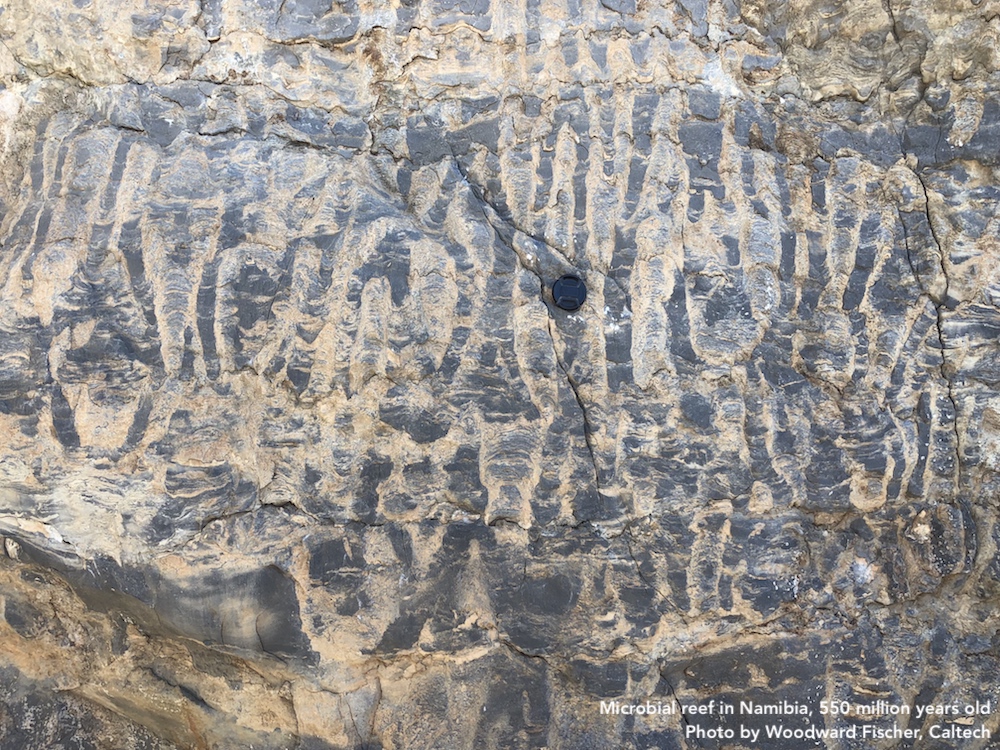
|
|
|
| With microbes it doesn't matter who they are, but what they do |
|
|
 |
| Upon investigating the microbial communities in multiple bromeliad plants, a popular miniature experimental ecosystem, we discovered that drastically different species assemblages can yield the same types of biochemical functions. |
|
| By Stilianos Louca. December 5, 2016 |
|
×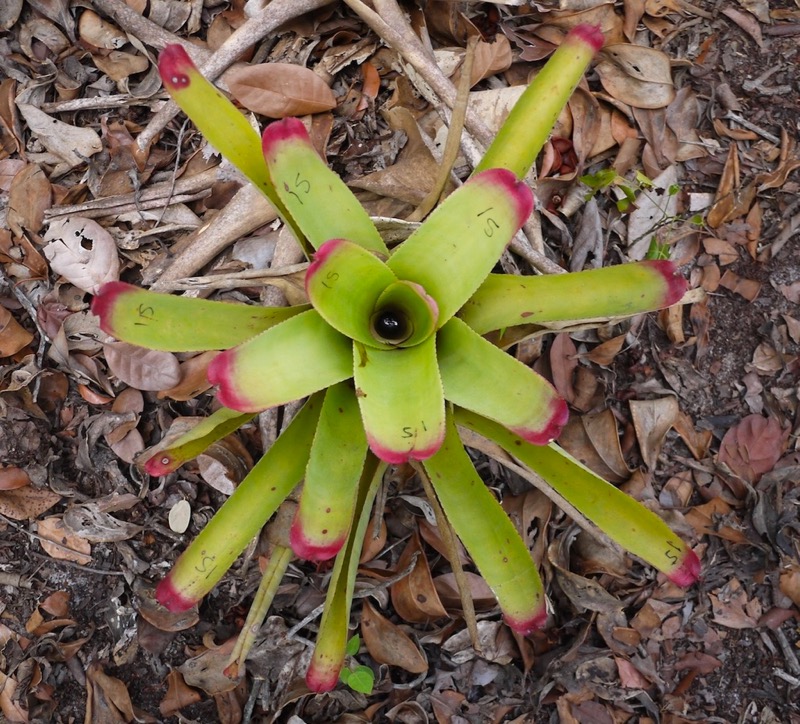
|
|
|
| To understand ocean's microbes, look at their metabolism |
|
|
 |
| Using DNA sequences from a global ocean survey and oceanographic data, we discovered that environmental factors drive the biochemical functions of marine microorganisms but have little effect on which species perform each function. |
|
| By Stilianos Louca. September 9, 2016 |
|
×
|
|
|



